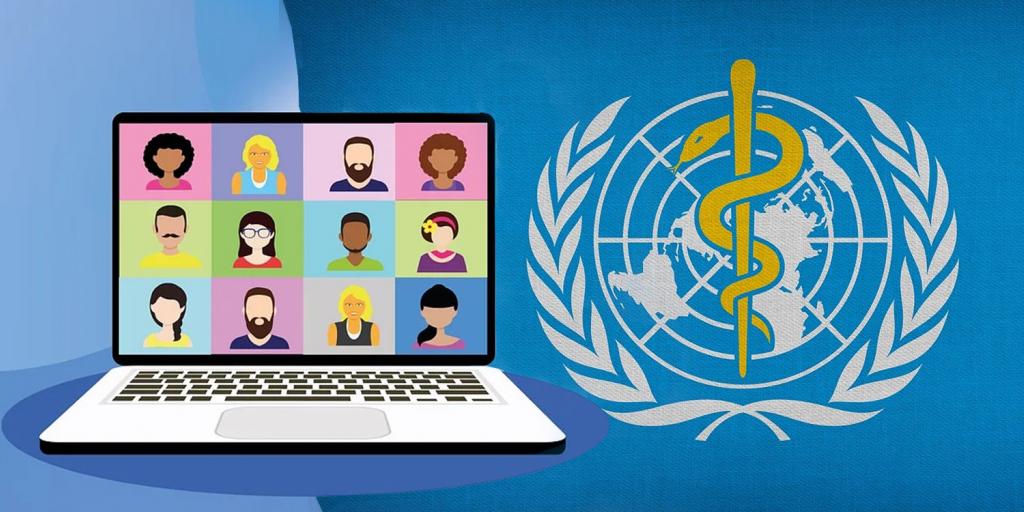
Unprecedented WHO Meeting
This week the World Health Organization (WHO) held the 73rd annual World Health Assembly by teleconference instead of in Geneva, Switzerland. What made this meeting unique is the fact that it was held in the midst of “the worst pandemic in modern history,” which has most of the world locked down in quarantine (NPR, May 17, 2020).
Until now, public health agencies have made major strides in dealing with infectious diseases. In the last 120 years, global life expectancies have nearly doubled in many nations, thanks to public health measures such as treated water and proper human waste disposal. However, here in the year 2020, a microscopic virus has brought world economies to a halt and stupefied public health agencies like the WHO and the Centers for Disease Control. While the ultimate origins of COVID-19 are generally known (most likely bats), why are we seeing a new viral disease spreading around the globe in an unprecedented manner?
Students of Bible prophecy know that Jesus Christ listed specific signs that would precede His return to this earth. When His disciples asked Jesus to tell them the signs of His coming and of the end of the age (Matthew 24:3), He responded that they should take care not to be deceived (v. 4). He then highlighted several world conditions, including “great earthquakes in various places, and famines and pestilences” (Luke 21:11). Jesus also stated, “All these are the beginning of sorrows” (Matthew 24:8). There have been pandemics before, and some have brought about far more deaths than COVID-19 is likely to cause. But none have inflicted the global paralysis that has followed this new virus, and prophecy indicates that worse is coming. Jesus’s admonition rings out across the years, “And what I say to you, I say to all: Watch!” (Mark 13:37). To learn more about the second coming of Jesus Christ, read or listen to Fourteen Signs Announcing Christ’s Return.



